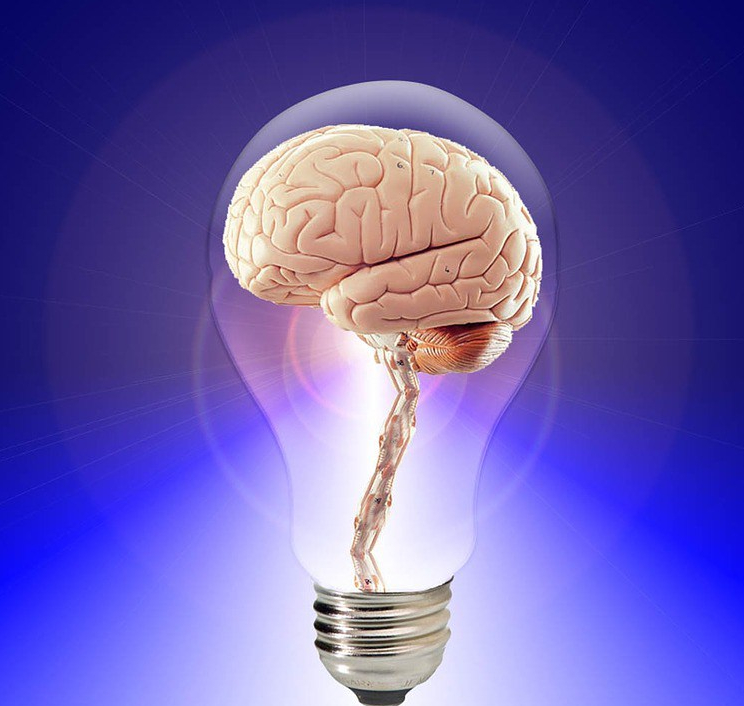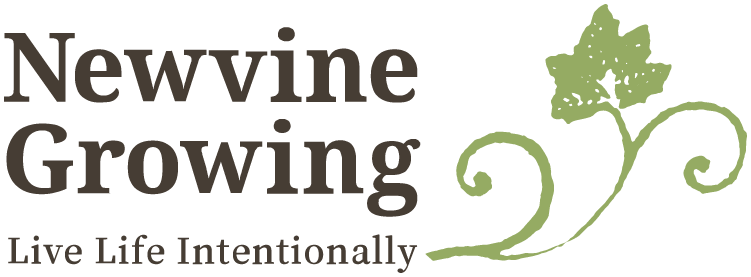I’ve recently had two separate moments when inspiring ideas surprised me.
The first happened during my first-ever reiki session, when I saw colors, then saw the interior design of an e-book I want to write.
I went into this group experience curious about sitting in a room encased by salt, which is said to have healing properties, while we had a sound bath, a sort of aural immersion where gongs or singing bowls facilitate meditation. We were also to receive reiki, which I was deeply skeptical of.
Reiki.org defines the practice as:
Reiki is a Japanese technique for stress reduction and relaxation that also promotes healing. It is administered by “laying on hands” and is based on the idea that an unseen “life force energy” flows through us and is what causes us to be alive. If one’s “life force energy” is low, then we are more likely to get sick or feel stress, and if it is high, we are more capable of being happy and healthy.
The word Reiki is made of two Japanese words – Rei which means “God’s Wisdom or the Higher Power” and Ki which is “life force energy”. So Reiki is actually “spiritually guided life force energy.”
I believe in a great many mystical things, but changing my energy by waving your hands around? It sounded too woo-woo, even for me.
I was lying in the dark with our group of girlfriends, deep breathing and listening to the changing vibrations of the musical instruments. I had my eyes closed and the moment a reiki practitioner stepped behind me and began moving her hands around me, I saw bright, clear images of purple mosaics forming into hearts, then dissolving to white or breaking up before reshuffling.
I’d had no idea this was a thing, so I was surprised when I Googled “seeing purple during reiki” and found numerous results like:
The color white is also associated with the Crown chakra. Frequently, people see flashes of purple or white in their third eye vision while meditating or praying.
That was surprising but then it got even more exciting.
I had set a goal of writing an e-book this year, but was still daunted by how to structure my topic to make it more useful to readers. But I wasn’t thinking about this e-book at all when reiki began.
Still, as the reiki practitioner moved her hands around me, I got a clear vision of what the interior pages of my book looked like. I saw a graphic on the right page listing multiple categories to make the chapter skimmable and accessible.
Maybe I would have thought of this matrix graphic as I began reporting my book, or if I talked to a graphic designer. But it wowed me to see a fully formed solution without expending an ounce of effort.

The next experience happened while watching opera at the Met, letting the music and visuals wash over me until the concept “elasticity of joy” popped into my head.
Opera is not my favorite musical form but I was absolutely up for the New York experience of it, seeing the eye-poppingly beautiful costumes and sets and enjoying the people watching of the well-dressed crowd.
At one point, I stopped reading the translation of the lyrics and simply felt the whole experience in an almost meditative way, not that different from the salt cave sound bath. My senses were taking in so much that just being in that moment drown out my usual brain chatter.
Besides sounding like an emo band, “elasticity of joy” explained how the emotion of an experience is most intense in the moment, then dissipates over time. So if you ask me how I feel about something, the day of I might tell you I loved it, totally life changing, but a year later, I might say it was pretty good.
As I surfed this concept, not thinking about it as much as feeling like I was remembering something I already knew, it suggested the importance of reminding myself what I love most so I don’t let the intensity of that feeling slip away.
Because it felt more like remembering than a bolt of inspiration, when I got home, I Googled “elasticity of joy.” I got nada. My Google fail wasn’t enough to convince me I’d cooked up a fully formed theory of psychology, so I asked a smart researcher friend if it sounded familiar.
She said she’d never heard the phrase but that the notion sounded like the happiness set point, which says we have a basic level of happiness we return to, whether after winning the lottery or losing a loved one.
The set-point theory of happiness suggests that our level of subjective well-being is determined primarily by heredity and by personality traits ingrained in us early in life, and as a result remains relatively constant throughout our lives. Our level of happiness may change transiently in response to life events, but then almost always returns to its baseline level as we habituate to those events and their consequences over time.
I’ve blogged numerous times about happiness and even quoted Deepak Choprah’s happiness equation, which includes your happiness set point, back in 2011 — but I wasn’t actively thinking about that as I watched opera. What I was thinking was, wow! What a spectacle!!
What’s my takeaway? Our brains are capable of remarkable creativity and leaps of thought when we give them the space to work their magic.
When I began meditating, I found that sometimes I got hit by lightning bolts of inspiration as I tried to quiet my mind. I assume that’s related to how we have great ideas in the shower or as we fall asleep, finally giving the mind a break from stimulation so it can get our attention for a moment.
I still don’t know what to make of reiki, but I’m game to try it again. I do know that somehow that salt cave created the environment to come up with ideas I’m still pursuing.

